African toads that give birth to live young evolved the strategy to cope with mountainous regions lacking suitable areas of water for tadpoles to develop in.
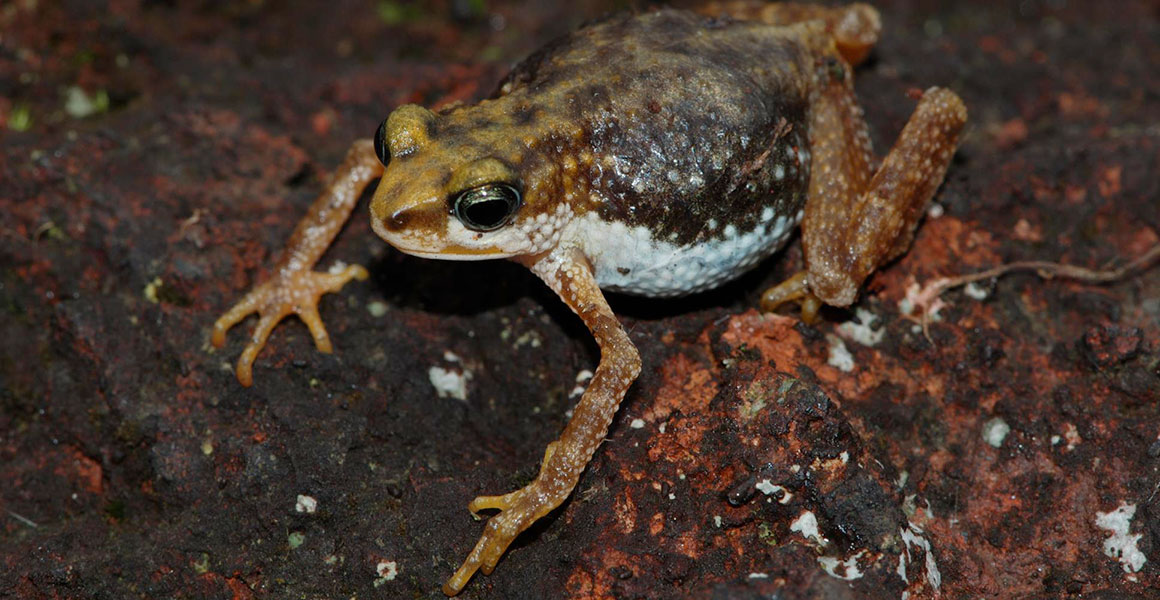
An international team of researchers compared the reproductive traits of African toads with the types of habitat they occupy.
'Our work shows that the toads evolved their different and often novel reproductive strategies in response to particular environments,' says Dr Simon Loader, Museum scientist and co-author of the paper.
Breeding on land
Like frogs, most toads lay their fertilised eggs in water, where they hatch into tadpoles before developing into adult toads. These amphibians need a safe, undisturbed body of water to lay their eggs in.
However, a few species breed on land. They either lay eggs which then hatch into miniature toads, or retain the eggs inside their bodies and give birth directly.
In Africa, toad species live in a great range of habitats, including wet and humid forests, warm and dry savannahs, and cooler, drier mountainous regions.
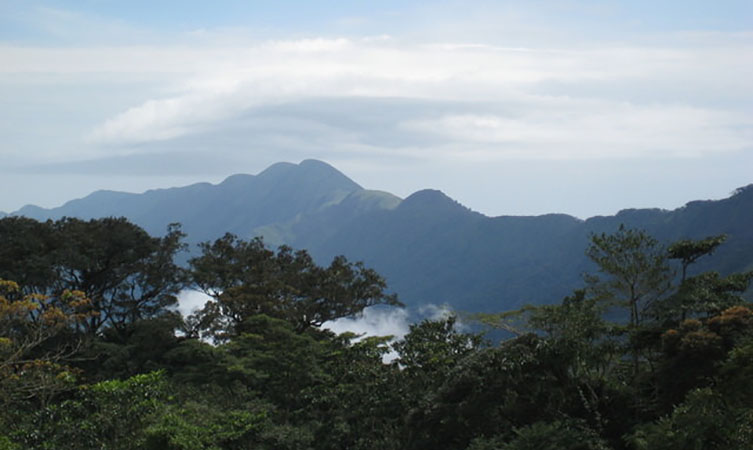
The Nimba Mountain range is home to the Nimbaphrynoides toads, but they are critically endangered due to habitat loss © Yakoo1986, licensed under CC BY-SA 4.0, via Wikimedia Commons
Toads that breed on land are more likely found in some habitats than others - areas with a shortage of surface water and where rivers or streams are too fast-flowing for tadpoles to develop in.
But, until now, scientists didn't know whether their breeding strategy evolved in response to their environments, or whether they simply expanded into new areas suited to a breeding style they had already developed.
Building a family tree
To determine which came first - the breeding style or the habitat - the team analysed the toads' evolutionary history.
Using the Museum's extensive collections, the researchers examined the DNA of 125 toads - including 79 African ones - to work out how species are related to each other.
They used the data to build a family tree showing when the different toad lineages diverged after toads arrived in Africa around 30 million years ago.
The researchers found that the lineages that reproduce on land evolved from species with an aquatic tadpole phase, and that many acquired the terrestrial breeding mode independently.
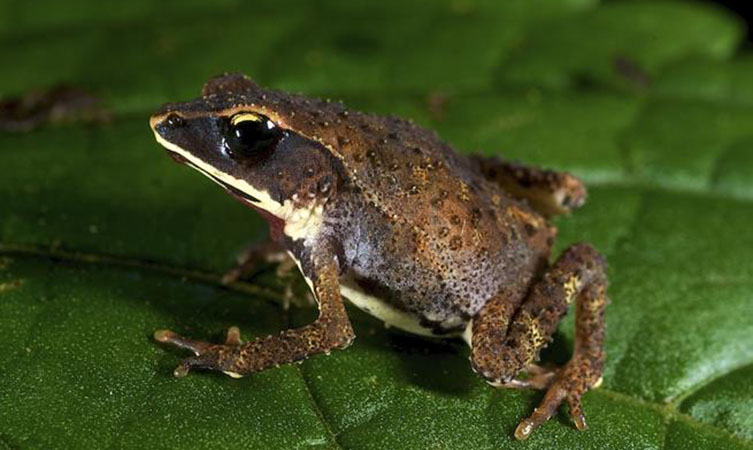
Nectophrynoides poyntoni toads also give birth on land to live young
For example, two mountain lineages of toads - Nimbaphrynoides and Nectophrynoides - give birth to live young. But they don't share a recent ancestor, suggesting this breeding strategy evolved independently in each lineage as a result of a common selective pressure - a shortage of surface water due to steep terrain.
The team also investigated what type of habitat each species' ancestors occupied at different times in the past. They found that species only evolved the novel breeding strategy once its ancestor had moved into its new habitat.
Mapping habitats and breeding biology
The scientists mapped the geographic distribution of each toad species across Africa and examined important environmental variables such as the steepness of the land, temperature and humidity.
By combining this analysis with their family tree and breeding data, they showed conclusively for the first time that reproduction on land by African toads strongly correlates with steep terrain and low availability of accumulated water sources.

The Udzungwa Mountains in Tanzania are home to many of the Nectophrynoides group of toads © Marc Veraart, licensed under CC BY 2.0, via Wikimedia Commons
Future plans
Dr Loader and colleagues now hope to extend their work: 'We'd like to expand our research to look at areas in finer detail, and also look at a much wider number of amphibians across Africa, to see if our findings will hold for a broader range of species.'
Related information
- Read the scientific paper in the journal Proceedings of the Royal Society B
- Explore Museum biodiversity research
- Find out about zoology collections at the Museum
- Uncover how a toad's last supper helped solve a Victorian mystery
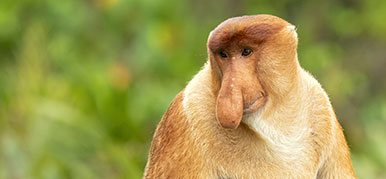
What on Earth?
Just how weird can the natural world be?
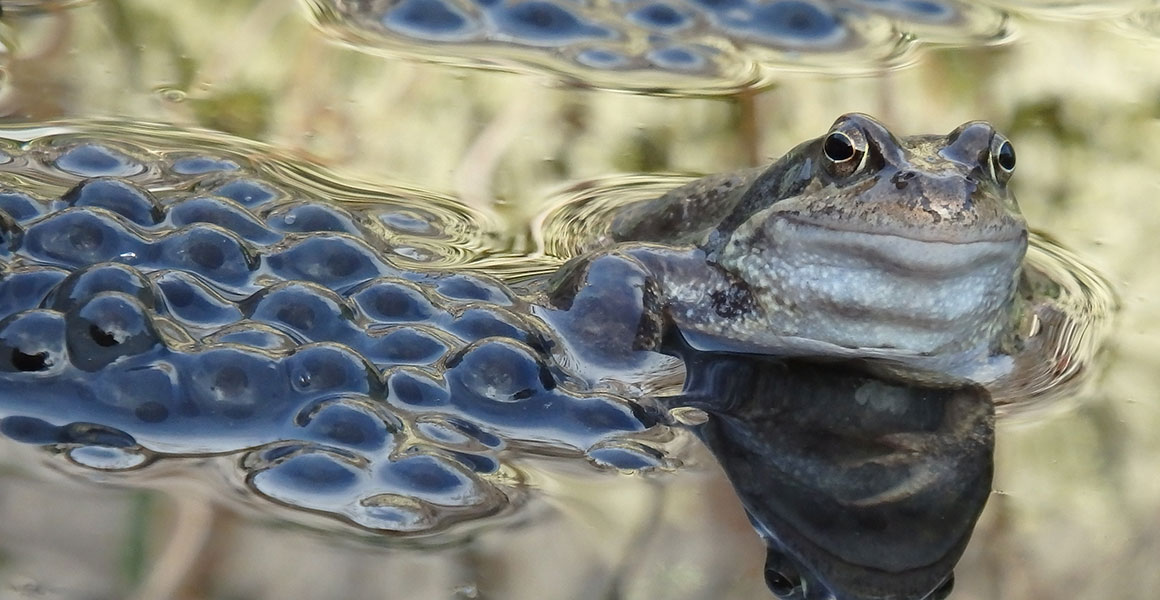



Don't miss a thing
Receive email updates about our news, science, exhibitions, events, products, services and fundraising activities. We may occasionally include third-party content from our corporate partners and other museums. We will not share your personal details with these third parties. You must be over the age of 13. Privacy notice.
Follow us on social media